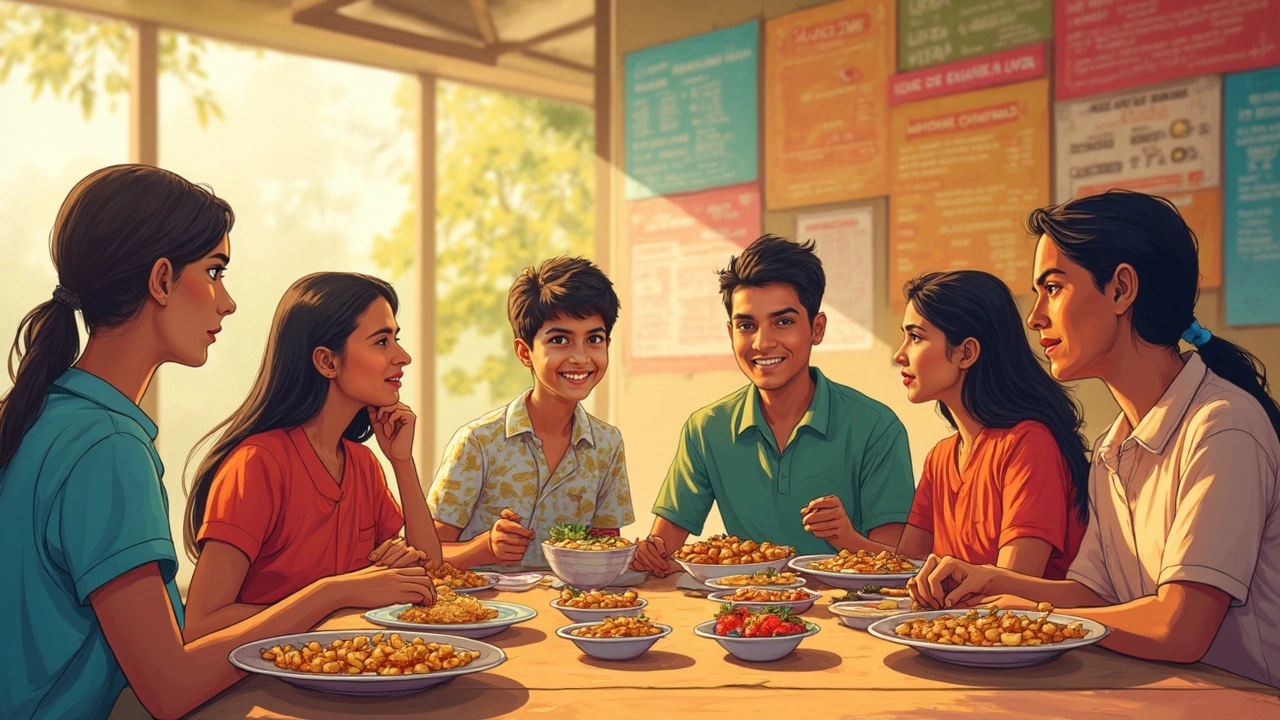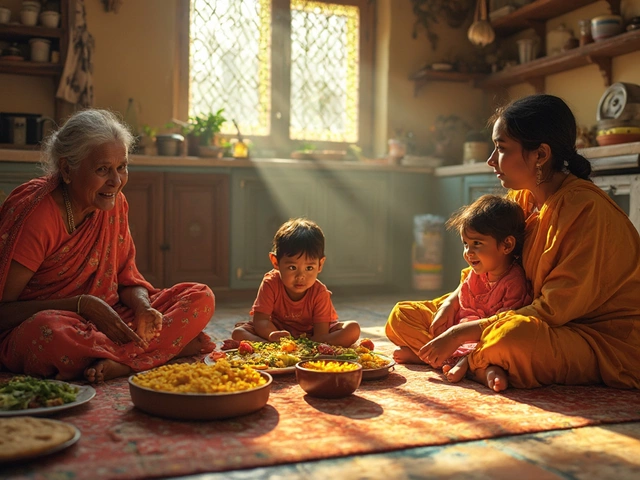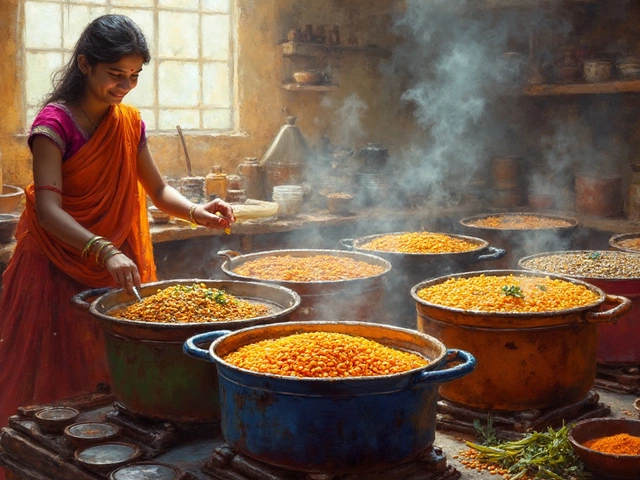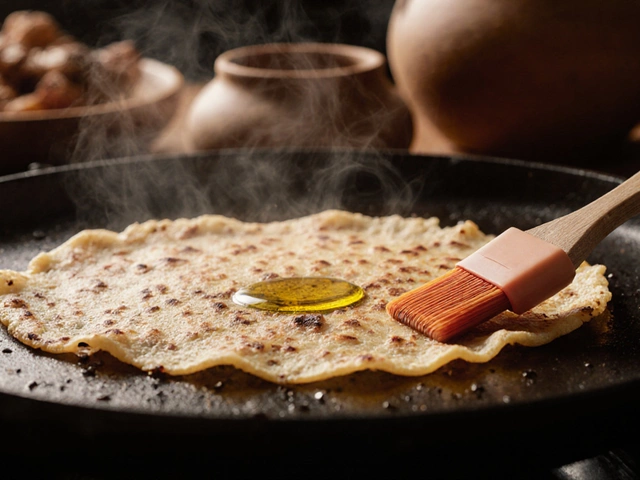Picture this: You’re sitting on the couch, scrolling through your feed, when your stomach starts rumbling. Your eyes dart to that unopened bag of chips or the leftover pizza in the fridge. You know it’s not salad, but sometimes, you just need a salty or sweet fix. We all hear that junk food is bad for us, yet the cravings don’t just go away. Is there such a thing as the healthiest junk food? Or are we just chasing unicorns? Let’s break down which popular treats actually do the least harm (and even help) when a snack attack hits.
Defining Junk Food: What Really Counts?
We throw around the words “junk food” all the time, but what are we really talking about? Usually, it means stuff that’s highly processed, loaded with added sugar, unhealthy fats, and lots of salt. Think instant noodles, sodas, candies, and those bright-orange cheese puffs that leave fingerprints everywhere. But here’s a twist—not all foods in this category are health disasters. Sometimes, the label covers snacks with some redeeming qualities or even essential nutrients. For example, popcorn looks suspiciously like something you should avoid, but it can also be a decent source of fiber, especially if you skip the butter-bombed versions. Then you have dark chocolate, which often hangs out with chocolates packed with sugar and fat, but it secretly offers antioxidants and magnesium. There’s a messy gray area here, and that’s where healthier options hide out. The trick is learning to spot a wolf in sheep’s clothing—a snack that looks innocent but is a sugar bomb (I’m looking at you, yogurt-coated raisins). Sometimes, the name “junk” doesn’t fit the nutrition label.
If you want to figure out if a treat is a slightly safer choice, look for snacks with fewer unpronounceable ingredients, some fiber, or even a few grams of protein. That means pretzels or air-popped popcorn might trump greasy crisps. Even brands are catching on—some now make baked versions of old favorites or use less processed oils. When you’re in doubt, check the packaging. Shorter ingredient lists and lower calories per serving tend to signal a less junky version of a guilty pleasure.
Junk Foods That Surprise: Snacks With A Healthy Twist
This might sound bold, but all junk food isn’t created equal. Some store-bought munchies manage to sneak in key nutrients, despite their bad reputation. Let’s talk about some under-the-radar surprise snacks that aren’t as evil as everyone thinks. Start with popcorn—the air-popped kind, not the sticky butter one you find at cinemas. It’s technically a whole grain, and a serving (about 3 cups) only has roughly 100 calories. Plus, it adds a satisfying crunch and keeps you fuller, thanks to fiber. Then there’s dark chocolate. Aim for at least 70% cocoa, skip the sugar-heavy fillings, and you get benefits like antioxidants, mood boosters, and even a bit of iron.
Pretzels often look innocent, but if you find whole-wheat ones, they kick in some extra fiber. Baked tortilla chips made from beans or lentils? That’s protein and fiber combo in disguise. Roasted chickpeas are also popping up everywhere now. Crunchy, salty, high in protein—and you can even make them at home with some olive oil and your favorite spices. Greek yogurt-based ice creams or frozen yogurt have crept into the freezer aisle as a stand-in for heavy cream-based versions. They shave off fat and sugar but still offer a creamy texture. Even sweet treats like fruit leathers or dried mango without added sugar give vitamins and curb sweet cravings, without the guilt trip. Trail mixes, if you avoid the chocolate-heavy ones, can add some healthy fats and minerals, thanks to nuts and seeds. Always check the sugar and salt levels though—trail mix can go rogue fast, piling on calories without you noticing. The key is moderation, and making little swaps that let you keep snacking without a trip down the shame spiral.

Making The Best Out Of Popular Junk Foods
Even if you’re reaching for classic chips, cookies, or salted nuts, there are hacks to minimize the damage. Portion control is half the battle. Have you ever looked at the serving size on a chip bag? It’s comically small—usually about 28 grams (roughly 15 chips). Instead of munching straight from the bag, pour a handful into a small bowl. Here’s a fun fact: When you portion out snacks, you’re likely to eat up to 21% less, according to a study published in the journal Appetite. That’s a pretty easy way to hack your snack time. Want to lower the fat content? Choose baked, popped, or air-fried versions of your favorite chips—they deliver the same crunch minus the grease. If pizza is your treat of choice, opt for thin-crust loaded with veggies instead of extra cheese and processed meats. You’ll get more fiber and antioxidants, and less saturated fat weighing you down.
Some brands even make “healthy” chips using cassava, beetroot, or kale. Are they totally guilt-free? No. But they often have more vitamins like potassium and fiber than regular white potato chips. When hitting up the sweet aisle, look for dark chocolate over milk chocolate, or granola bars with less than 8 grams of sugar per serving. Yogurt-based candies or frozen grapes can swap out the sugar rush for a dash of calcium or vitamin C. Add nuts to the mix, and you’ve got bonus magnesium and good fats that can actually help with heart health. Plus, you could always make your own snacks—think baked sweet potato fries, whole grain muffins with banana, or apples with peanut butter. Not only are you cutting preservatives, but you can tweak the sugar and fat to fit your preferences.
Reading Labels: The Secret To Smarter Snacking
This sounds boring, but label-reading is honestly a game-changer. You’d be shocked by how two bags of the same snack can have totally different nutrition stats. Take a peek at any South African shop, and you’ll spot chips with a sodium spread from 90mg to 500mg per serving. If you’re watching blood pressure, that makes a huge difference. Sugar gets sneaky too—sometimes it’s hiding as “glucose syrup,” “fructose,” or even “rice malt.” Always scan the first three ingredients; that’s usually what makes up most of what you’re about to eat. The closer you get to whole foods (think corn instead of “hydrolyzed corn solids”), the better you’re doing. Keep an eye out for fiber and protein—most true junk foods have almost none. If your crispy snack has 2-3 grams of fiber and some protein, it’s automatically more filling and less likely to spike your blood sugar and crash it later.
Now, there’s no need to panic if your favorite treat looks iffy now and then. It’s more about habits than one-off snacks. Try to swap out overly processed oils (like palm or hydrogenated fats) for options made with olive or sunflower oil. You’ll find a few South African brands that include sunflower or canola—these are less inflammatory and better for your heart. Flavored water, unsweetened sparkling drinks, or adding fresh lemon to water can trick your brain into feeling like you had a soda, but with zero regret after. It all boils down to making small choices and actually checking what you’re eating. You might be surprised at how easy it is to make junk food just a bit less junky with a quick scan at the shop.
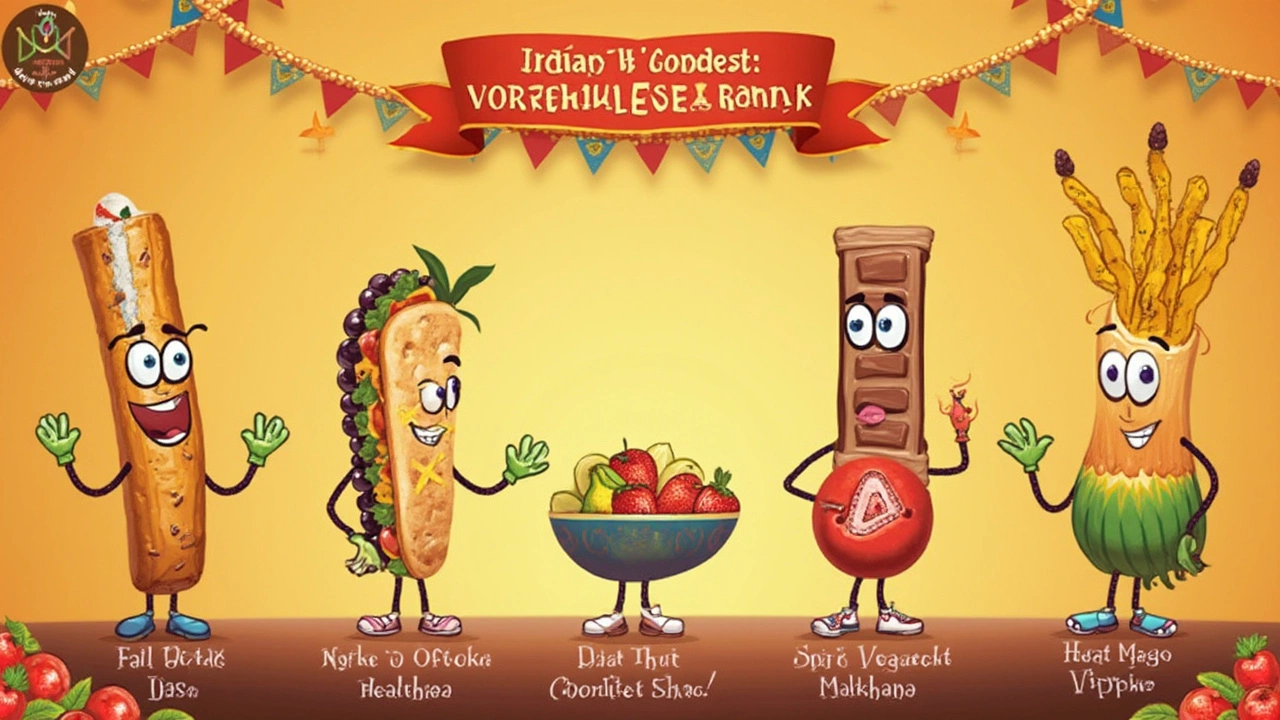
Junk Food Choices: How Popular Snacks Stack Up
Ever wondered how your favorite snacks rank when it comes to calories, sodium, protein, and sugar? Here’s a head-to-head comparison that can help you size up the healthiest junk food at a glance. Nothing kills a craving faster than staring at some hard numbers, right? This table gives you a straight look at how common junk foods fare nutritionally (all values per standard serving):
| Snack | Calories (kcal) | Protein (g) | Fiber (g) | Sugar (g) | Sodium (mg) |
|---|---|---|---|---|---|
| Air-popped popcorn (3 cups) | 93 | 3 | 3.5 | 0 | 1 |
| Potato chips (28g) | 152 | 2 | 1 | 0.1 | 149 |
| Dark chocolate (30g) | 170 | 2 | 2 | 6 | 0 |
| Baked tortilla chips (28g) | 120 | 2 | 2 | 0.4 | 115 |
| Roasted chickpeas (30g) | 119 | 6 | 5 | 1 | 170 |
| Frozen grapes (1 cup) | 62 | 0.6 | 1 | 15 | 2 |
| Energy bar (generic) | 200 | 5 | 3 | 16 | 150 |
| Sugary soda (355ml) | 150 | 0 | 0 | 39 | 30 |
Just glancing at these numbers, you see that roasted chickpeas and air-popped popcorn are the kings of the crunchy snack world. They fill you up, give you some fiber and protein, and don’t go wild on calories or sodium. Dark chocolate (the real stuff) is your sweet fix that won’t leave you feeling like you crashed your diet. But be careful with sodas and traditional potato chips—they’re high on calories, sugar, or both, and don’t offer filling nutrients. Another hidden gem: frozen grapes. Try them once, and you’ll see how they satisfy a craving for sweets—but with natural sugars and a hit of vitamins.
Whenever you get overwhelmed by snack options, come back to these facts. The healthiest junk foods are usually the ones with fewer ingredients, more fiber, and some real food hiding in the label. So, next time that craving hits at midnight, you can give in a little smarter—no unicorns or celery sticks required.





